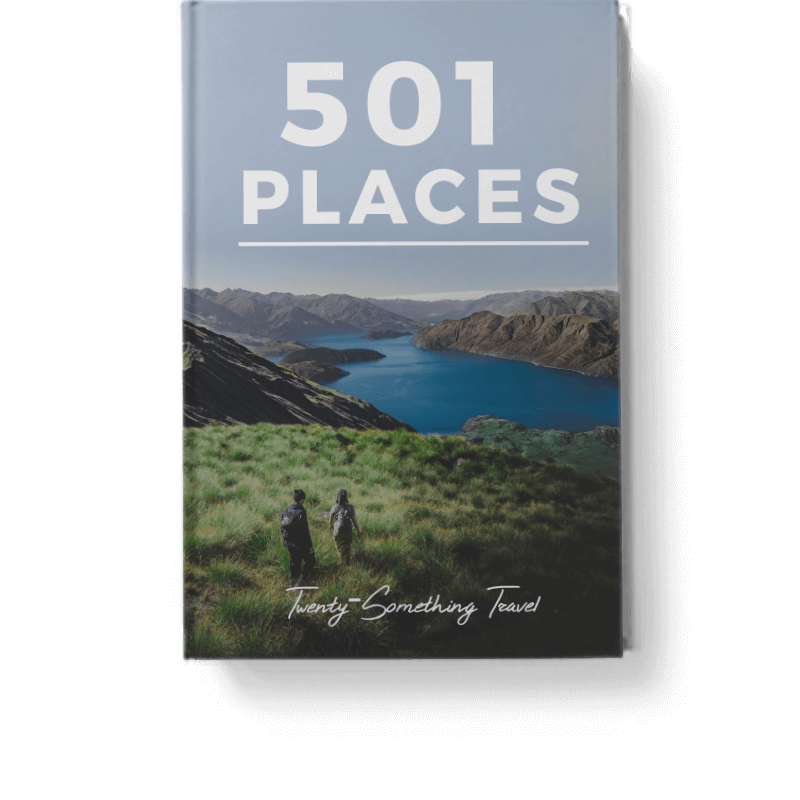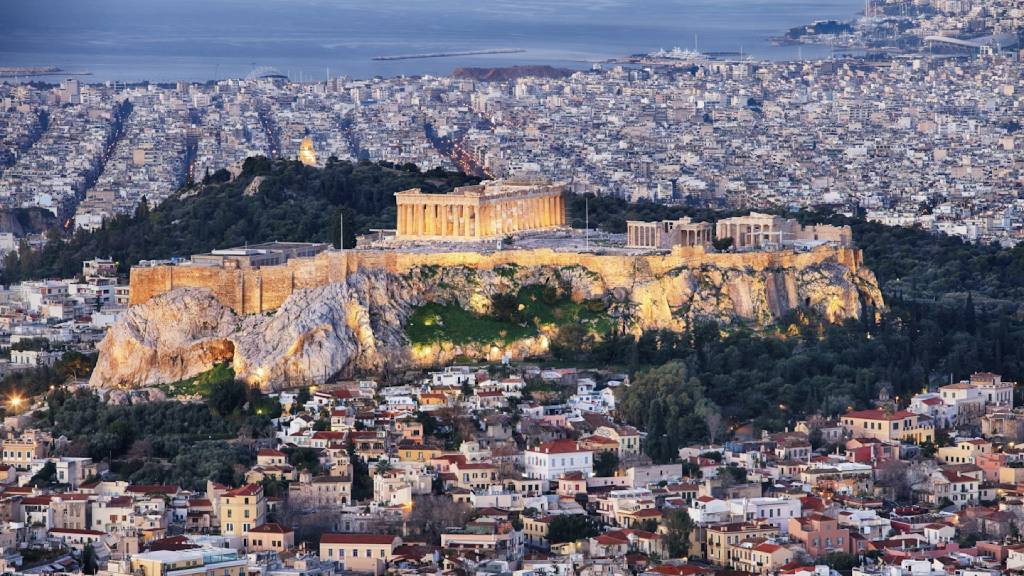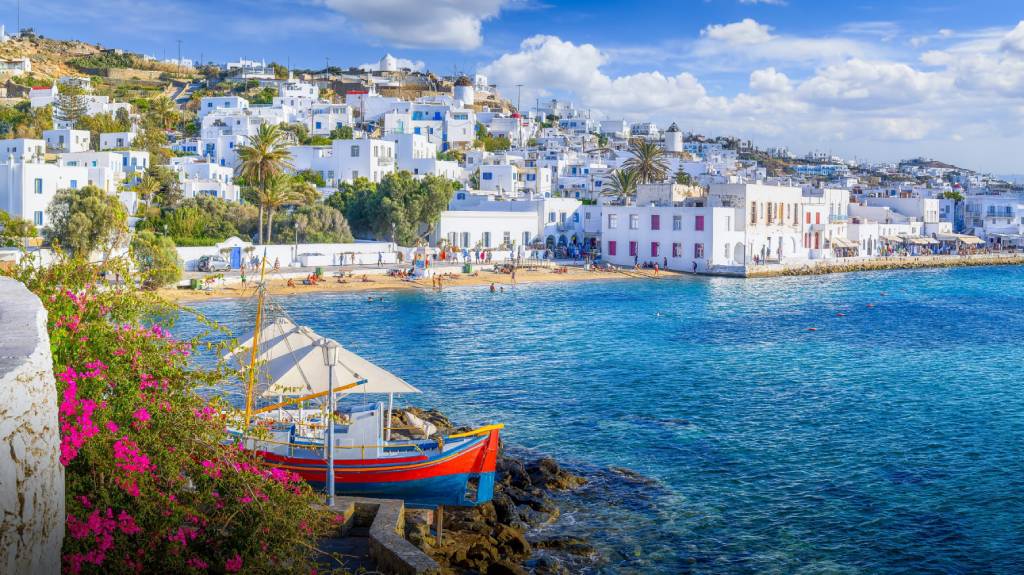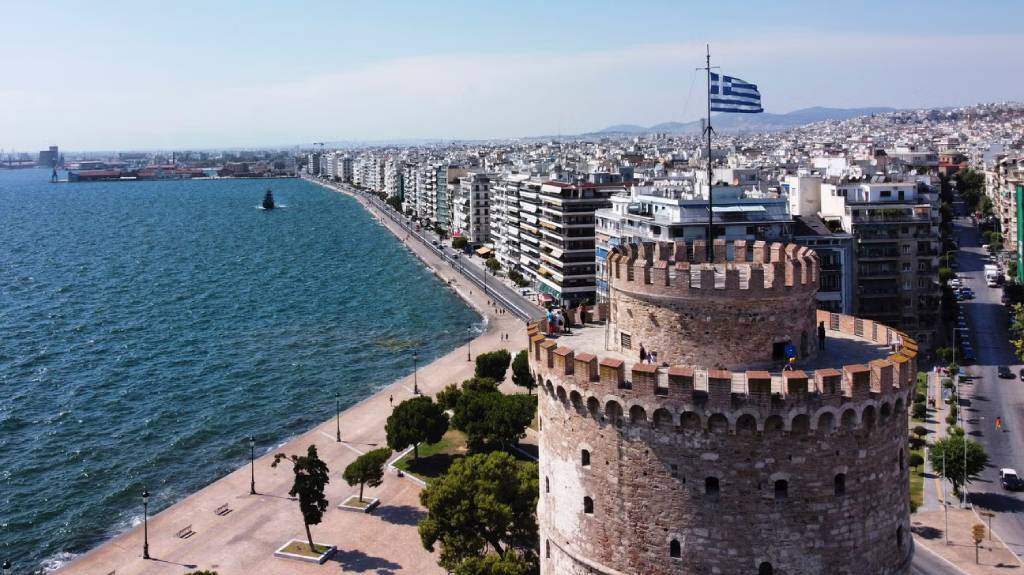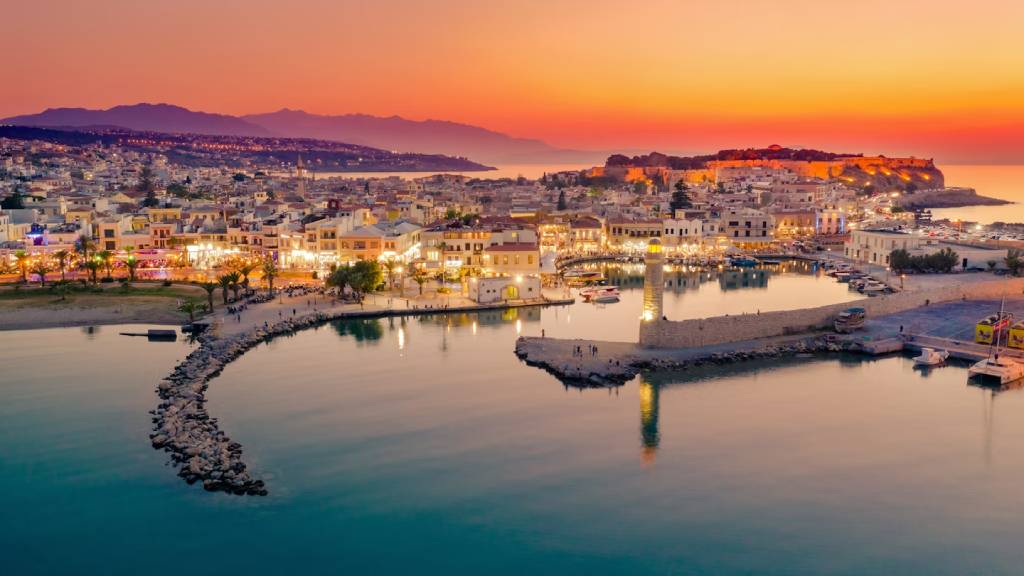Greece
If you’re dreaming of a trip to Greece, you’re in for a treat. I’ve spent a ton of time wandering this sun-soaked country, hopping from ancient ruins to turquoise waters, munching on fresh gyros, and getting lost in those endless blue skies. Greece’s got it all—historic vibes that hit you like a time machine, stunning islands with cliffside views, lively streets buzzing with energy, and a food scene that’s as fresh as the Mediterranean sea. Whether you’re chasing myths in ancient temples, partying till dawn, or just lounging on a beach with a frappe in hand, Greece’s cities deliver big time. Let me take you through my top picks for the best cities to visit, complete with practical tips and a sprinkle of my own adventures to help you plan smart and travel better.
Greece is a country that grabs all your senses. From the chaotic charm of Athens’ markets to the soul-stirring sunsets in Santorini, every spot has its own magic. I’ve narrowed it down to five must-visit cities that’ll give you a real taste of Greece’s diversity: Athens, Santorini (especially Fira and Oia), Mykonos, Thessaloniki, and Chania on Crete. Each one’s got its own flavor, and I’ll link you to detailed guides like “Best Places to Visit in Athens” so you can dig deeper into what makes them tick. Plus, I’ve got you covered with practical stuff like costs, money-saving hacks, and what to expect when you’re exploring Greece’s streets.
Top Cities to Visit in Greece
- Athens: The heartbeat of ancient history, blending the iconic Acropolis and Parthenon with trendy neighborhoods, street art, and killer rooftop views over the city.
- Santorini (Fira/Oia): A volcanic island paradise with white-washed buildings clinging to cliffs, epic sunsets in Oia, black-sand beaches, and wine tastings in Fira that’ll make you feel like you’re in a postcard.
- Mykonos: The ultimate party island with windmills overlooking the sea, glamorous beaches, winding alleys full of boutiques, and a nightlife scene that doesn’t quit.
- Thessaloniki: A vibrant northern gem mixing Byzantine churches, a bustling waterfront promenade, and a foodie heaven with fresh seafood and markets that scream Mediterranean flair.
- Chania (Crete): Crete’s charming harbor town with Venetian architecture, a lively old town, nearby gorges and beaches, and that laid-back island vibe perfect for unwinding.
THINGS TO SEE AND DO IN GREECE
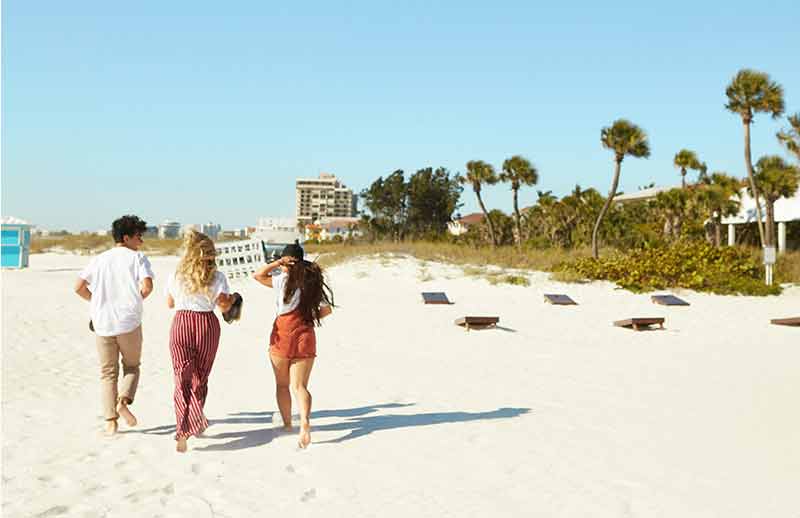
“The Professional Hobo”
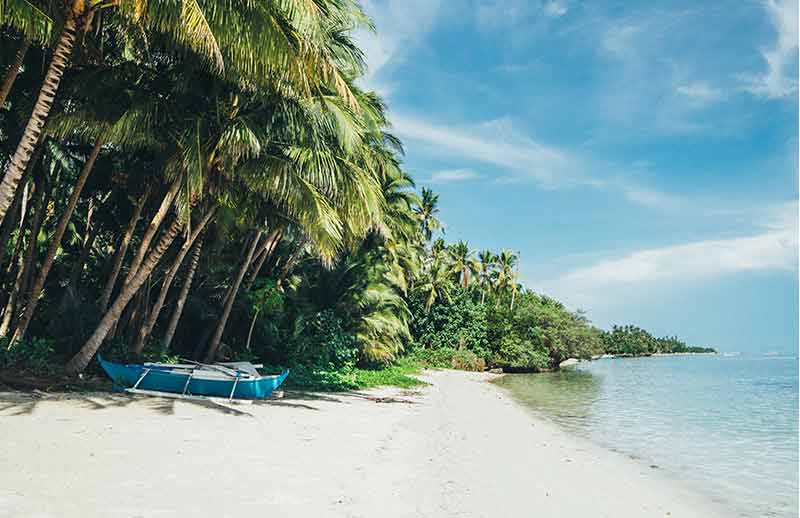
“Never Ending Footsteps”
TYPICAL COSTS WHEN TRAVELLING
Accommodation – Mid-range hotels in spots like Athens or Thessaloniki, with comfy rooms, private baths, and central locations, go for about $80–150 USD per night for a double. Hostels are a steal at $20–50 USD for a dorm bed, and budget Airbnbs start around $50–90 USD. For luxury, think boutique spots on Santorini or Mykonos at $200–400 USD, especially in peak summer (June–August). Booking early or hitting shoulder seasons like May or September can shave off a bunch.
Food – Greece’s eats are wallet-friendly if you stick local. A gyro or souvlaki wrap on the street? $4–8 USD. A full taverna meal with meze, grilled meats, and wine runs $15–25 USD per person. In Chania, I snagged fresh octopus for $12 USD that was out of this world. Breakfast like yogurt with honey and coffee? $3–6 USD. Fancy dining on Mykonos can hit $50–100 USD, but you don’t need to splash out to eat amazing.
Transportation – Ferries are key for islands—Athens to Mykonos might cost $40–80 USD, or Santorini to Crete around $50–100 USD, depending on speed and season. Buses or metros in cities are cheap at $1.50–3 USD per ride, with day passes at $5–10 USD. Taxis or rideshares run $10–25 USD for short hops. Renting a scooter or car? $20–50 USD per day, plus gas at about $7/gallon—great for exploring Crete’s backroads.
Activities – Attractions won’t break the bank. Acropolis entry in Athens is $20–25 USD (book ahead to skip lines). Sunset catamaran tours in Santorini? $50–80 USD. Museums like Thessaloniki’s Archaeological Museum cost $8–15 USD, with some free days. Hikes like Samaria Gorge are $5–10 USD entry, plus transport.
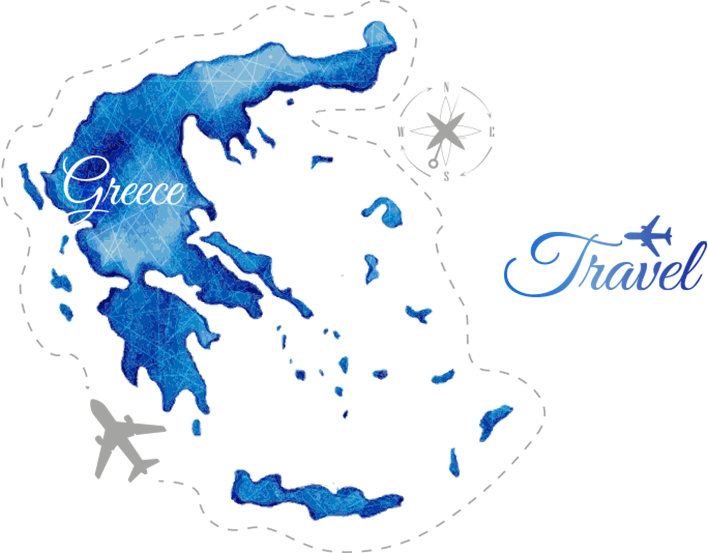
Suggested daily budget – $80–100 USD per person. This covers a mid-range hotel, street food and one sit-down meal, public transport, and a couple paid sights. Splurge on a fancy island hotel or boat tour? Up it to $120–180 USD. Shoestring style with hostels, picnics, and free beaches? You can scrape by on $40–60 USD.
MONEY SAVING TIPS
WHAT CAN I EXPECT FROM GREECE?
Greece has this irresistible pull that makes you feel alive. It’s where ancient myths meet modern beach vibes—think standing where philosophers debated in Athens one day, then cliff-jumping into crystal waters in Santorini the next. The people are super welcoming, always ready with a smile and a shot of ouzo, and the streets are alive with chatter, music, and that unmistakable scent of grilled souvlaki.
Expect a blend of chill island life and energetic city pulses. In Mykonos, you’ll party on beaches by day and hit clubs at night, while Chania feels more relaxed with harbor strolls and fresh Cretan salads in shady tavernas. Thessaloniki’s got a cool, urban edge with street art and buzzing markets, and Athens mixes gritty graffiti with jaw-dropping history. The weather’s a highlight—summers hit 80–95°F (June–August), perfect for beaches but hot for hiking, so pack light clothes and sunscreen. Spring and fall are ideal at 60–75°F, with milder crowds; winters are mild in the south (50–60°F) but can be rainy up north.
-
Best Places to Visit in Athens
Athens is where Western Civilization began, and the weight of that history hits you the moment the Acropolis comes into view. It’s an incredible, energetic city where ancient ruins sit seamlessly alongside hip cafes, modern street art, and buzzing nightlife.
-
Best Places to Visit in Santorini
Santorini is the postcard of Greece brought to life—the sheer, dramatic cliffs, the dazzling white-washed villages, and those iconic blue domes set against the deep sapphire of the Aegean Sea. This island, which is actually the rim of a massive
-
Best Places to Visit in Mykonos
Mykonos is the epitome of Greek island glamour—a vibrant, high-energy paradise known for its gorgeous beaches, charming architecture, and legendary party scene. The island pulses with an infectious energy, but it’s not all clubbing. I loved getting lost in the
-
Best Places to Visit in Thessaloniki
Thessaloniki is Greece's fiercely proud northern capital and a hidden gem—a vibrant, cultural, and historic port city with a truly youthful energy thanks to its massive student population. It’s not about ancient ruins towering over you; it's about layer upon
-
Best Places to Visit in Crete
Crete isn't just a Greek island; it’s practically a country unto itself—the largest, most diverse, and historically rich of the bunch. It’s the birthplace of the Minoan civilization, Europe's oldest, and it offers everything from snow-capped mountains and dramatic gorges
Locals are friendly and laid-back, but English isn’t universal outside tourist spots—learning basics like “kalimera” (good morning) or “efharisto” (thanks) opens doors. I butchered ordering meze in a tiny taverna on Crete, and the owner ended up sharing stories over free raki—those connections make Greece special. Safety’s solid, even for solo travelers; it’s one of Europe’s safer spots, but keep an eye on bags in crowded areas like Athens’ Plaka or Mykonos’ alleys for pickpockets. Public transport’s reliable—metros in Athens are clean and cheap, ferries run on time (mostly), and driving’s fine if you handle winding roads.
Greece’s culture is its soul. You’ll feel it in late-night dinners (tavernas open around 8 PM), the “philoxenia” hospitality that treats strangers like family, and festivals with dancing and fireworks. Whether you’re sipping Mythos beer at a beach bar, marveling at a Byzantine church, or getting swept up in island vibes, Greece makes you want to linger. So, grab our interactive maps for Athens, Santorini, Mykonos, Thessaloniki, and Chania, and start planning your adventure. Explore cities, plan smart, travel better!










